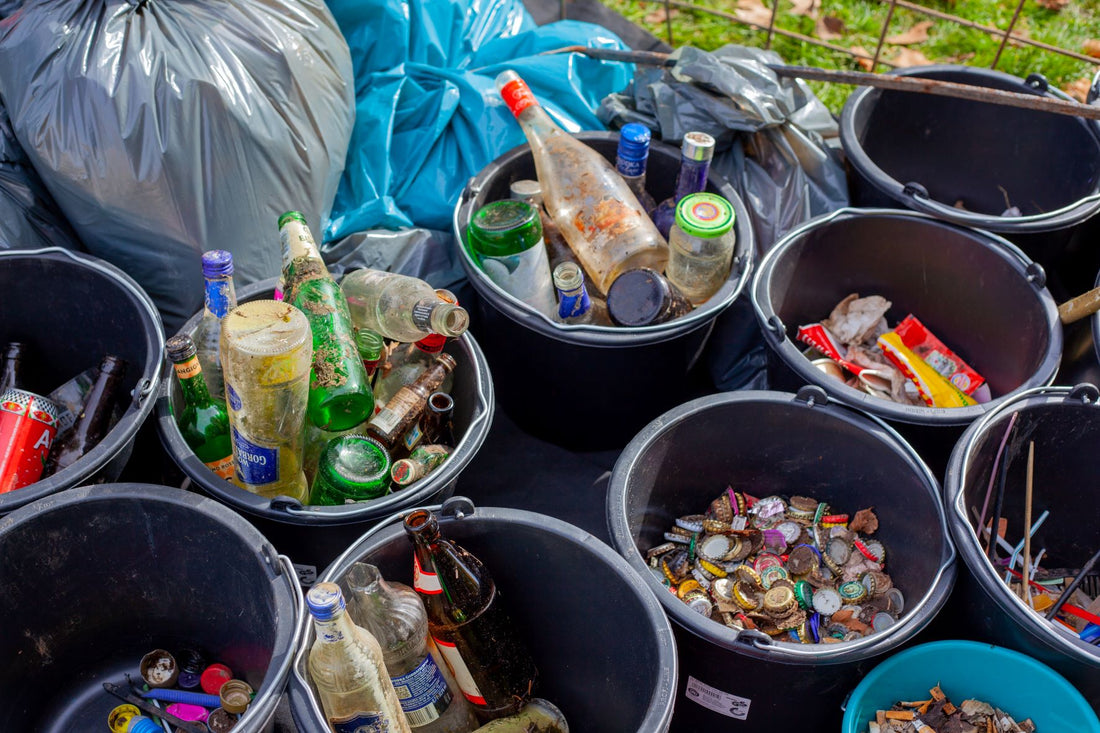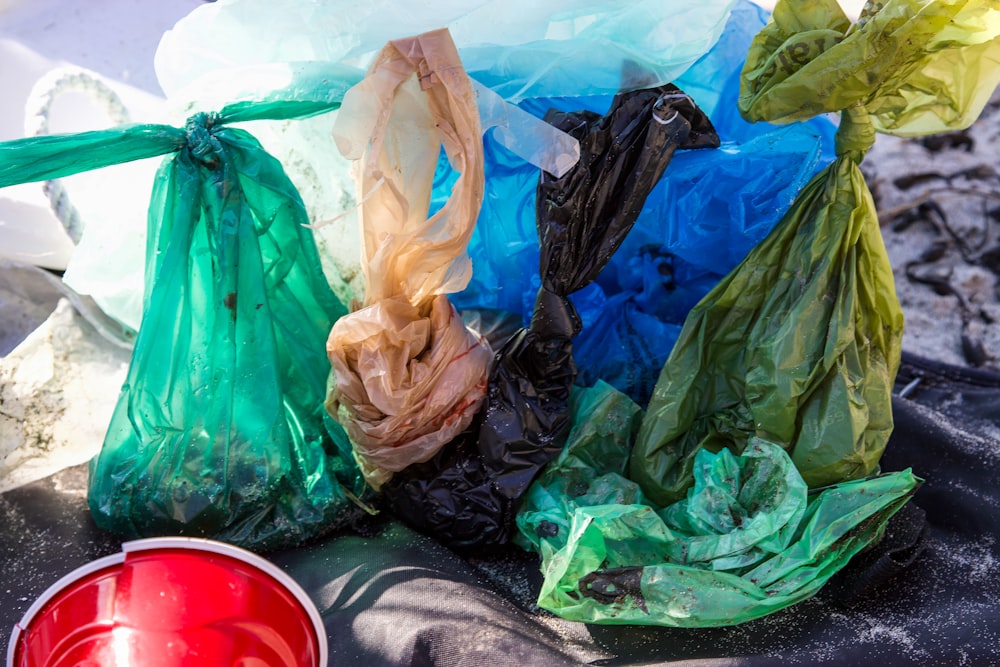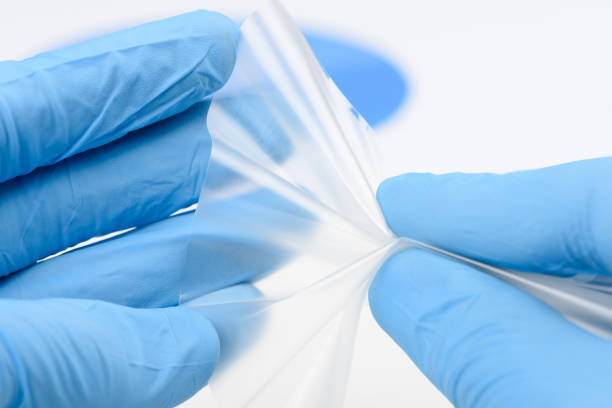It’s an understandable assumption that by placing our plastics into a recycling bin we have started a chain reaction that leads these materials to be remade and reused. In the United States, more often than not, the reality of plastics recycling fails to meet our expectations. Multiple types of plastics are considered “problem plastics,” and a large portion of the general public is not even aware.
The Last Beach Clean Up and Beyond Plastics released a recent report titled “The Real Truth About the U.S. Plastics Recycling Rate,” announcing a documented recycling rate of only 5 to 6% for post-consumer plastic waste in the US in 2021. The other 94% of this material is either disposed of in landfills, burned in incinerators, or ends up in our oceans and landscapes.
In addition to this decline in plastic recycling, the generation of plastic waste per capita has increased by 263% since 1980. Not only are Americans recycling less, but we are producing more plastic waste than ever before. While the failure of plastic recycling may cause larger doubts in recycling practices, the other recycling streams give us reason to hope. In 2021 paper was recycled at a rate of 66%. Similarly, in 2018 aluminum beverage cans were recycled at a rate of 50.4%. These two material streams serve as precedents for the plastics industry and prove that effective recycling is possible.
While the plastics recycling statistics might leave you feeling like you’ve been fearmongered into making an escape plan from the planet, they are actually an opportunity to start acting more proactively and intentionally. By taking it upon ourselves to learn and spread awareness on how to reduce plastic use and avoid unrecyclable plastics we can initiate a snowball effect that will get everyone educated. In thinking of the classic ‘reduce, reuse, recycle,’ we at DEN love to add another ‘re’ to the beginning; refuse! The best form of single use plastic is the one that was never produced, so refusing plastic is a surefire way to make a positive impact.

Black Plastics
There are some plastics that plant parents just can’t avoid easily. You know the black plastic pots your plants come in when you buy them? The dark truth is that black plastics like the ones that make up these pots are not recyclable.
The optical reader machines used at most recycling facilities do not have the capability to identify black plastic. They simply can’t see and identify the color black, so most of the time the pots end up in the landfill.

Even at recycling facilities where manual sorting is in play, we still run into a problem. Black plastic is usually composed of multiple different resins, or types of plastic. You can not recycle a product that contains different resins, because different plastics have different melting points. Facilities will usually not want to risk a pot not melting all the way and in turn contaminating entire loads of waste. We have to keep in mind that at the end of the day recycling operates as a business and someone has to buy the plastic after it’s recycled, so facilities want to keep their operations running smoothly. It’s easiest for them to toss black plastic pots onto the conveyor belt leading to the dump.
Lucky for us, biodegradable alternatives to plastic pots are growing in the plant industry. Some nurseries accept the returns of plastic pots, or you can find ways to reuse them yourself. Being mindful when you purchase plants and helping to inform others that not everything can automatically get recycled just because it’s plastic will help bridge the knowledge gap embedded in recycling.
“The plastics industry must stop lying to the public about plastics recycling. It does not work, it never will work, and no amount of false advertising will change that. Instead, we need consumer brand companies and governments to adopt policies that reduce the production, usage, and disposal of plastics,” said Judith Enck, President of Beyond Plastics and former U.S. E.P.A. Regional Administrator.

Soft Plastics
You’re finally down to the last scoop of the seemingly endless bag of fertilizer that you bought the other week. But what are you supposed to do with the plastic bag that you’re left with? Tossing it in the garbage would fast track it to the dump, the place where it’s been bound to end up in the past.
Soft plastics have posed a hard problem in the world of recycling. Facilities have had to shut down their whole systems from soft plastics, like plastic bags, getting caught in conveyor belts. Most of the time soft plastics get thrown away with general waste and make their way to the landfill.
Most residential curbside recycling will still not take these soft plastics for this reason, leading most of us to believe the only thing we can do is toss them in the garbage can. But these soft film plastics can be recycled more easily than one would think.
Rather than putting your soft plastics into your own bin, you can get them recycled by stockpiling them and dropping them off in bulk at collection areas. They’re usually located at places most of us go on our weekly errands, so you can integrate it right into your normal schedule! Check in with local grocery stores, retailers and big box stores like Walmart and Target to see if they accept these soft plastics for recycling. This setup is often a bin located near the front entrance of stores that collects various soft, or very thin, plastics that can pass the “scrunch test,” (the ability to scrunch the plastic up into a ball).
Becoming cognizant and informing others about the ability to recycle plastic bags will help us make purposeful strides in lessening the pollution caused by so many soft plastics. And of course, refuse these plastics when you can!

If we want to work as a nation to lower plastic pollution simply “recycling” is no longer enough. We must inform ourselves and others about the reality of recycling, what can actually be recycled versus what goes straight to the landfill, and overall act as conscious consumers and plant parents who are aware of what we are purchasing.
Holding ourselves accountable and staying committed to standards of plastic consumption and recycling will help us take great strides towards the future. Don’t stray away from having conversations out loud about this problem, and voice your opinions to local governments and corporations that should implement policies regarding plastic regulations.
The Future of Bioplastics
At this point, the harmful effects that plastic and the disposal of plastic poses for humankind and the planet can almost be classified as public knowledge. But that doesn’t change how difficult it is to imagine a world without plastic altogether. Plastic has completely and forever revolutionized the way we live, and it is an integral part in how we conduct our routines and activities every day. We write our to-do lists with a plastic pen, unwrap our tea bag from its plastic packaging and lace our plastic-lined shoes as we prepare to take on the day. However, just because plastic appears inescapable does not mean that it is irreplaceable.
Bioplastics are sustainable alternatives to traditional plastic that are either bio-based, biodegradable or both. They are composed of natural polymers obtained from agricultural waste, cellulose or potato and cornstarch. They are just as versatile and resistant as traditional plastic materials but have a much lower carbon footprint and a better end of life.
The bioplastics industry is growing exponentially with its production capacity expected to increase by 15% by 2024. On top of this, many research, design and eco-development projects are currently in the works. For example, some bioplastics like Mango Materials even use 'waste' methane from landfills and wastewater treatment plants, and companies like Sway are making their plastic out of seaweed! Bioplastics made from 'waste' or seaweeds require no land, fertilizers, or crops that we may need to feed ourselves or our livestock.
Bioplastics are the material of the future. These polymers are naturally occurring and have a much lower carbon footprint than traditional plastics because they don’t require petroleum refining in their production process. Their emergence is only just starting to gain traction and their impact will be positively world-altering.
Check out these references to learn more about the impact of plastics recycling and the future of bioplastics:
https://www.weforum.org/agenda/2019/12/black-plastic-recycling-supermarkets-waste/
https://apnews.com/article/lifestyle-957601c9a20f4618ab5d6b5241181aa8
https://www.beyondplastics.org/press-releases/the-real-truth-about-plastics-recycling
https://www.lx.com/climate/the-plant-industrys-dark-secret-black-plastic/54753/
https://www.science.org.au/curious/earth-environment/future-plastics




